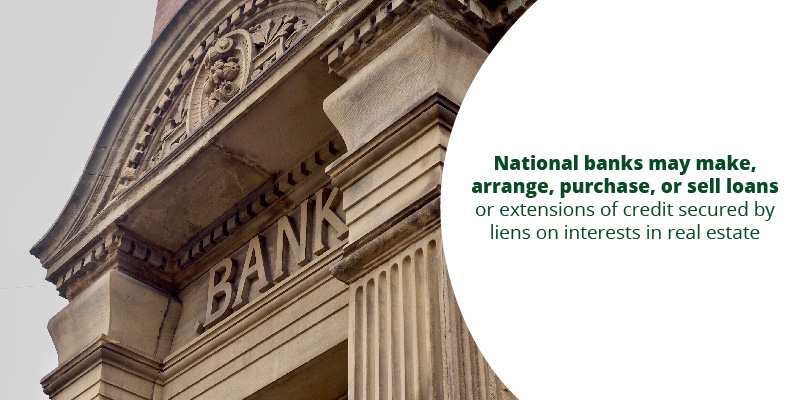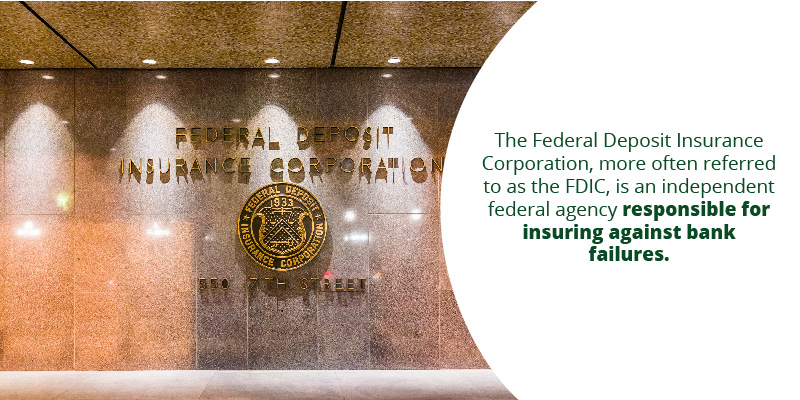
According to the Office of the Comptroller of the Currency of the United States: “Commercial real estate (CRE) loans include loans secured by liens on condominiums, leaseholds, cooperatives, forest tracts, land sales contracts, construction project loans, and—in the states that consider them real property—oil and mineral rights. National banks may make, arrange, purchase, or sell loans or extensions of credit secured by liens on interests in real estate.” All of this essentially to say that commercial real estate loans are frequently borrowed against other commercial real estate assets.
When it comes to commercial real estate lending standards, there are federal and state-wide regulations of which any active CRE investor should be aware. Today we will review some of the high level lending standards for real estate investments in the U.S.
Establishing a CRE Loan Portfolio

One of the most important aspects of securing a real estate loan for a commercial property or any other real estate purchase is building a loan portfolio. The onus to create these reports is on the insured depository institution, AKA any bank which is insured with the regulations of the 2010 Dodd-Frank Wall Street Reform and Consumer Protection Act. The federal government has strict guidelines which regulate what must be included in these reports, including but not limited to:
- Identifying and declaring the terms and conditions of the loan.
- Scouting locations in terms of properties and geographical areas for which the loan may be applied.
- Establishing a policy of loan portfolio diversification including parameters for investments by real estate type (commercial vs. real estate, etc.) geographic location, and more.
- Identify any lending staff including personal qualifications.
- Complete a risk assessment to determine any undue concentrations of risk.
- Identify zoning requirements.
- Identify the underwriting standards which will be used for the loans.
- Establish loan-to-value limits (more on this below).
- Identify the loan administration protocols which will be followed throughout the life of the loan including disbursement, documentation, collection, collateral inspection, and loan review.
There are more loan portfolio requirements than we will list here, but this is a reasonable sample to give prospective investors an idea of what the federal government expects when clearing future commercial real estate loans.
FDIC Real Estate Lending Standards

The Federal Deposit Insurance Corporation, more often referred to as the FDIC, is an independent federal agency responsible for insuring against bank failures. The vast majority of major financial institutions in the United States are FDIC insured or FDIC supervised. This is important for commercial real estate lending standards, as FDIC regulations come into play for any such organization. With this in mind, here are some high level regulatory standards set forth by the FDIC:
- “Each FDIC-supervised institution shall adopt and maintain written policies that establish appropriate limits and standards for extensions of credit that are secured by liens on or interests in real estate, or that are made for the purpose of financing permanent improvements to real estate.”
- Real estate loans must be considered within the bounds of standard banking practices.
- All written loan policies must undergo an annual review and approval process by an FDIC-supervised board of directors.
- Commercial real estate lending procedures must include detailed underwriting protocols, loan-to-value limits, and portfolio diversification demands.
- All loans must be monitored by an FDIC supervised institution to ensure that the current real estate landscape continues to support the terms of the loan.
- All lending policies for real estate should adhere to the “Interagency Guidelines for Real Estate Lending Policies established by the Federal bank and thrift supervisory agencies.”
Supervisory Loan-to-Value Limits

While there are certainly more details to cover when it comes to CRE lending standards, the last key concept we will hit upon today is loan-to-value limits. Loan-to-value limits or loan-to-value ratios are essentially the calculation reached by dividing the loan amount by the total market value of the investment including any additional collateral being used to secure the loan. It is vital to understand this metric not only to secure loans and adhere to lending standards, but also to gauge how viable a loan and/or real estate investment will be.
Different real estate categories carry different loan-to-value limit requirements.
- Raw land investments: 65 percent
- Land development investments: 75 percent
- New construction: situationally dependent
- Commercial, multifamily, and other non-residential property investments: 80 percent
- One to four family residential investments: 85 percent
- Improved property investments : 85
Transactions Excluded from Loan-to-Value Limit Evaluations
It is important to note that many commercial real estate loans are exempt from loan-to-value evaluations. Examples of these types of loans include those which have been insured or guaranteed by the federal government, those which are backed by the full faith and credit of a state government, or those which are to be “sold promptly after origination, without recourse, to a financially responsible third party.” It is vital to understand precisely how transaction exemptions work before assuming that your loan will not undergo the scrutiny of a loan-to-value limit evaluation.
Going Forward
In most cases, it is not absolutely necessary for commercial real estate investors to understand the in’s and out’s of CRE lending standards. Yet knowledge of how the federal regulations work and what questions will be asked can allow investors and other CRE professionals to better prepare for loan applications. It is also important to understand that even federal regulations are not set in stone. There is no concrete reason to believe that these regulations will be significantly altered in the near future, but the possibility of change is always present.
